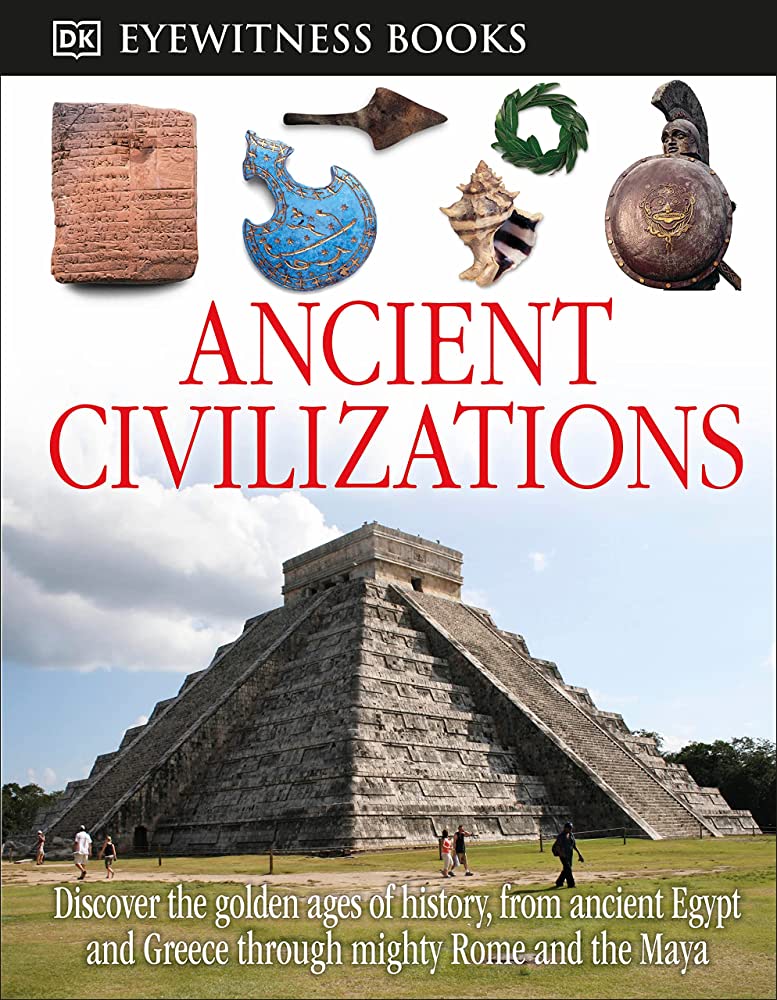The Maya and Egyptian civilizations were two of the most advanced and influential civilizations of the ancient world, despite being geographically located thousands of miles apart. Both civilizations relied heavily on their surrounding environments, but differed in climate and political systems. While the Maya worshipped many gods and believed in an afterlife, the Egyptians also worshipped many gods but placed more focus on the afterlife and preserved the body through mummification. Both civilizations had a system of writing – hieroglyphic for the Maya and hieroglyphic and hieratic for the Egyptians. They were both skilled in agriculture, art, and architecture, but differed in their political structure.
The Maya vs. The Egyptians: Exploring the Differences and Similarities Between Two Ancient Civilizations
Introduction
The Maya and the Egyptians were two of the most advanced and influential civilizations of the ancient world. Although they lived in different parts of the world, they shared many similarities, as well as differences. In this article, we will explore the key differences and similarities between these two ancient civilizations.
Geography and Location
The Maya civilization was located in what is now Mexico and Central America, while the ancient Egyptians were located along the Nile River in Northeast Africa. Although the two civilizations were located thousands of miles away from each other, they both relied heavily on their surrounding environment. The Maya civilization was located in a tropical climate, while the Egyptians were located in a desert climate.
Religion and Beliefs
The Maya religion was polytheistic, which means they worshipped many different gods. The gods were often associated with natural phenomena, such as the sun and the rain. The Maya also believed in an afterlife, which was divided into different levels based on how you lived your life. The ancient Egyptians also worshipped many gods, but their religion was more focused on the afterlife. The Egyptians believed in mummification, and they believed that the body had to be preserved in order to enter the afterlife.
Writing Systems
Both the Maya and the Egyptians had a system of writing. The Maya writing system was hieroglyphic, which means that each symbol or picture represented a word, idea, or sound. This system was used to record their history, literature, and even their complex astronomical observations. The Egyptian writing system was hieroglyphic as well, but it also included a form of writing called hieratic. Hieratic was a simplified script that was used for everyday writing, while hieroglyphics were used for more formal documents.
Civilization and Society
The Maya civilization was governed by a series of city-states, each with its own ruler. These rulers often engaged in warfare with one another, but they also traded with one another. The Maya were skilled in agriculture, art, and architecture. They built large structures such as pyramids and temples, and they created intricate artwork and carvings. The ancient Egyptians were also skilled in agriculture, art, and architecture. They built impressive structures such as the Great Pyramids and the Sphinx. However, the Egyptian civilization was more centralized than the Maya civilization. The pharaoh was the ruler of Egypt, and his word was law.
Conclusion
The Maya and the Egyptians were two of the most important civilizations of the ancient world. Although they lived thousands of miles apart, they shared many similarities in terms of their beliefs, their writing systems, and their skill in agriculture, art, and architecture. However, they also had key differences, such as their location and climate, their religious beliefs, and their political systems. By exploring these key differences and similarities, we can gain a greater understanding of these two ancient civilizations and the impact they had on the world.
